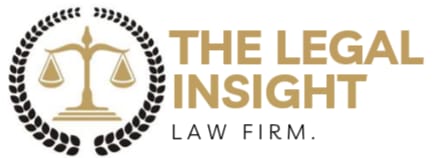
To defend against a cheque bounce case, you can try to convince the court by presenting evidences in your favor to rebut the presumption and also by proving that essential elements of Section 138 of the Negotiable Instrument Act are not met.
How to defend/escape from cheque bounce case?
The first step would be to reply to the legal notice for your defense. But before replying, you must consult a legal practitioner who is an expert in cheque bounce. If the cheque amount is paid at the starting stage, the matter will be resolved then and there.
That the reply for the legal notice does not possess any specific format but make sure that you mention the following subjects in the reply:
Address the reply of the legal notice to the lawyer of the drawee.
- Your description, name, and address.
- Facts of the issue: date of issue, cheque-return memo, etc.
- Rebuttal of the allegations made against you.
- Refrain from admitting to any allegation against you mentioned in the notice.
- Any complaints against the drawee of the cheque.
- A summary of your defense against the allegations mentioned in the legal notice for cheque bounce.
- The reply to any legal notice must be sent on a lawyer’s letterhead.
- The failure to reply to the legal notice or pay the cheque amount within 15 days can motivate the drawee to legally file a complaint at the court, which would initiate the legal proceedings against you.
You Have three stages in your case to present your defense :-
• By Replying to the legal notice
• At the Time of Framing of Notice
• Production of evidence in your defence evidence
In the defence of accused the Accused need to rebut presumption
The NI Act provides for two presumptions: Section 118 and Section 139. Section 118 of the Act inter alia directs that it shall be presumed, until the contrary is proved, that every negotiable instrument was made or drawn for consideration.
According to Section 139 of the Negotiable Instruments Act (NI Act) of 1881, the accused can rebut the presumption that a cheque was issued to discharge a debt or liability in two ways:
- Provide strong evidence in his/her favour
The accused need to present evidence before the court that the cheque was not issued to discharge a debt or liability, and that there is no such debt or liability. The evidence must be certain and clear.
- Use the circumstances of the case
The accused can argue that there is no debt or liability based on the circumstances of the case. They can also prove the non-existence of the debt or liability by a preponderance of probabilities.
The presumption under Section 139 takes effect when the drawer admits to issuing the cheque or the complainant proves that the drawer issued the cheque in their favor. The accused can rebut the presumption at the stage of taking evidence. The Supreme Court has ruled that the accused must lead cogent evidence in their defense to rebut the presumption.
Contact us today to schedule a consultation and let us help you navigate the complexities of you & your legal issue. We are here to support you through my defense expertise & strategies every step of the process.
